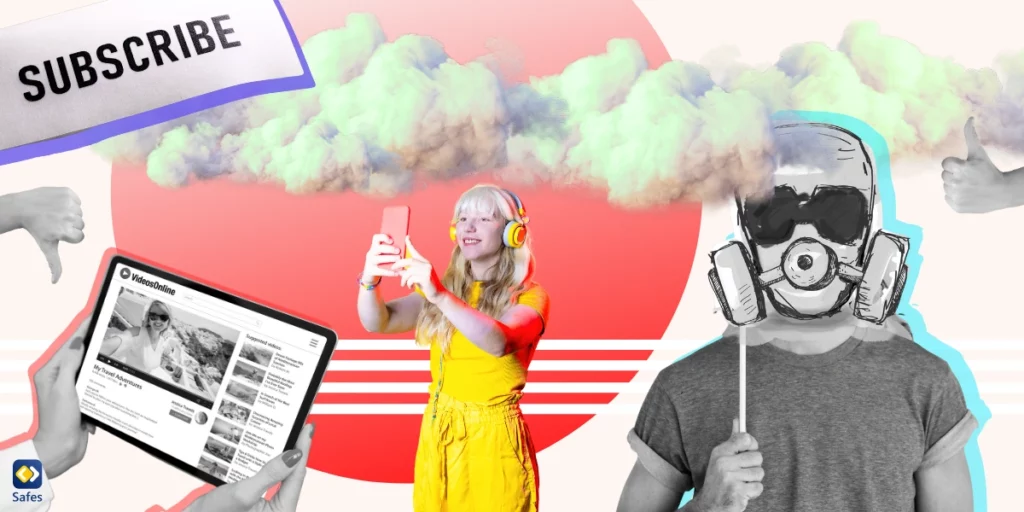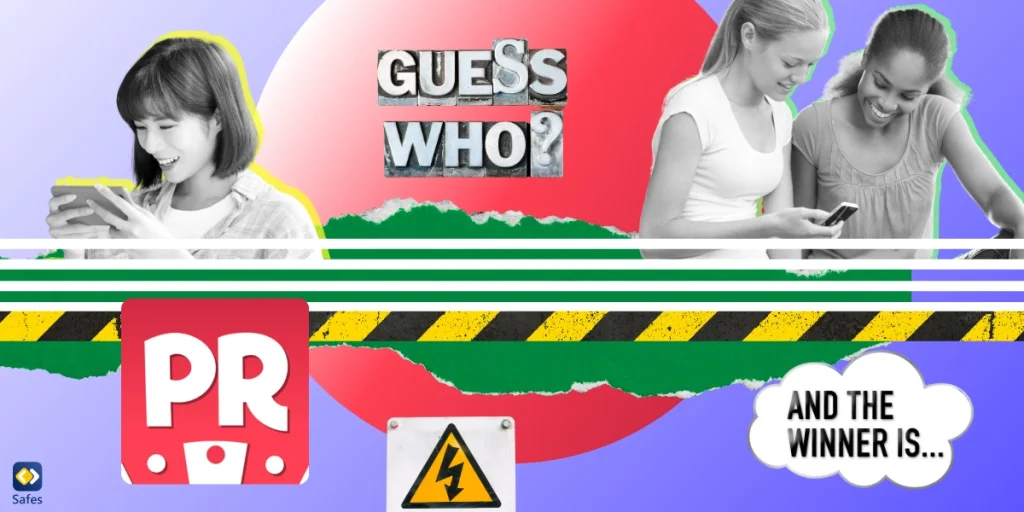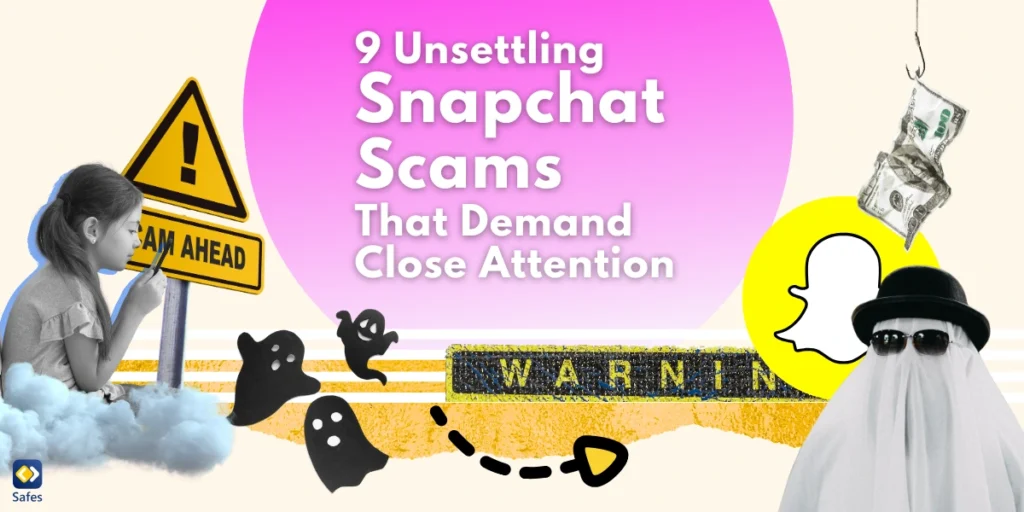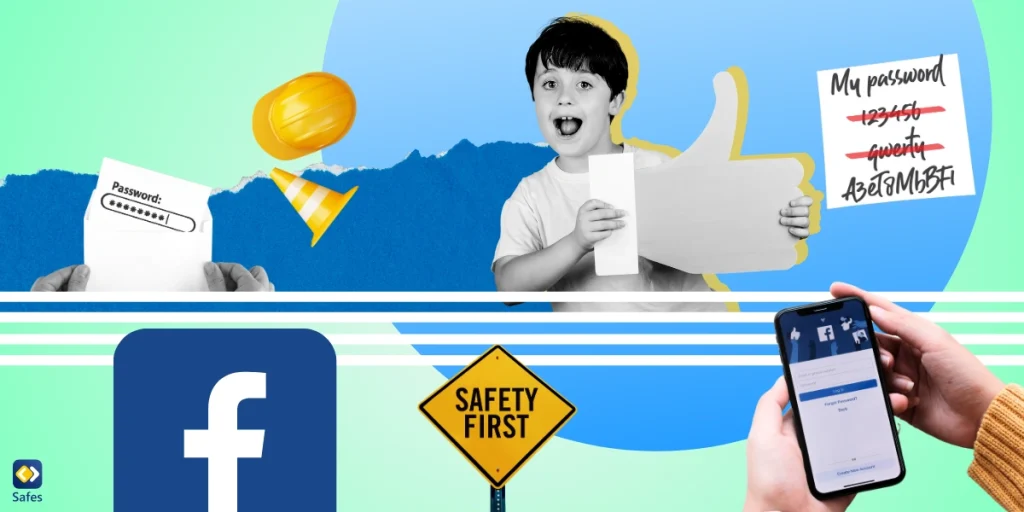In today’s digital age, YouTube has become a popular platform among children and teens, capturing their attention with a wide variety of videos and content. From animated shows and music videos to educational tutorials and gaming channels, YouTube offers a world of possibilities for young viewers, especially with its new YouTube shorts section. However, with this vast expanse of content comes the potential for exposure to toxic YouTube communities. As parents, it is our responsibility to be aware of these dangers and take necessary steps to ensure a safe online environment for our children. In this blog post, we’ll consider the most toxic YouTube communities and how you can protect your children from them.
Download and Start Your Free Trial of the Safes Parental Control App
Is YouTube Toxic?
With billions of users and a huge selection of content, YouTube is a huge platform. There are worries about the existence of toxic elements within the YouTube community, despite the fact that it provides a wealth of opportunities for entertainment, education, and creativity.
It’s important to recognize that not all of YouTube is negative and that there are lots of helpful channels and communities there as well. Addressing toxic behaviors, harmful content, and negative communities that may have a negative effect on users, particularly children and teenagers, is equally important.
While YouTube, according to its guidelines, takes steps to uphold community standards and moderate content, it is crucial for parents and users to remain watchful and proactive in shielding themselves and their children from potentially harmful content on the platform.

What are Toxic YouTube Communities?
Online communities or channels that promote harmful content, encourage negative behavior, or engage in cyberbullying are referred to as toxic YouTube communities. Children and teenagers who grow up in these communities may experience significant changes in their attitudes, convictions, and values.
It’s crucial to recognize the warning signs of a toxic YouTube community if we want to shield our kids from its influence. We can proactively protect their online experience and well-being thanks to this understanding.
One might be tempted to ask: Who is the most toxic YouTuber? But identifying individuals doesn’t help with the issue at hand. Though there might be many individuals on YouTube possessing toxic traits, it’s more helpful to understand how toxic communities on YouTube work since this can help protect children more effectively.
Identifying the Most Toxic YouTube Communities
It is crucial to be aware of some illustrative examples in order to protect our kids from the most harmful YouTube communities. Unfortunately, there are still many channels and users on YouTube who harass and make hurtful comments about other people. Extreme ideologies are a different type of toxic community where hate speech, intolerance, or violence is encouraged.
The term “toxic YouTube communities” can also refer to explicit content or channels that glorify self-harm, drug use, or risky challenges. We can be vigilant in shielding our kids from such harmful content by being aware of these examples.
Risks and Dangers of Toxic YouTube Communities
The dangers posed by the largest YouTube communities have potential negative effects on our kids’ health. The mental health, self-esteem, and overall emotional development of children can suffer if they are exposed to hateful or abusive content.
Children and teenagers may internalize these harmful behaviors, making them seem normal and possibly committing similar harmful acts. The potential long-term effects on their social interactions, values, and future behavior are just as dangerous as any immediate effects.

Using Parental Control and Monitoring
As parents, one of the most effective ways we can protect our children from toxic YouTube communities is by implementing parental control and monitoring measures. This involves actively engaging in their online activities, setting clear boundaries, and staying informed about the content they consume. The parental controls on YouTube are a great way to ensure your child’s safety. With this tool you can set a screen time limit on YouTube.
You can also use the default parental controls found on operating systems. Here are some resources for parental controls on different platforms:
Utilizing parental control apps and settings can help restrict access to inappropriate content, filter out harmful channels, and track viewing habits. By taking an active role in their online journey, we can create a safer digital environment and provide guidance as they navigate the vast YouTube landscape. Feel free to try out the Safes parental control app on iOS and Android right now. Safes offers a free trial so you can experience its benefits firsthand, with no obligation.
Promoting Positive YouTube Experiences
We should actively encourage and direct our kids toward positive YouTube experiences in addition to shielding them from harmful communities on the site. For kids and teenagers, there are countless channels that provide educational material, motivational tales, and creative outlets.
We can encourage their intellectual development, creativity, and constructive online engagement by proactively seeking out and recommending such channels. Toxic communities have a negative impact on people, so encouraging them to explore their interests and passions through reliable and helpful content can help balance that.
Open Communication and Education
In order to navigate YouTube’s world and shield kids from its dangers, parents and kids need to be open and honest with one another. We can inform our children about the potential risks of toxic YouTube communities by having ongoing conversations with them.
They must be taught about appropriate online conduct, how to evaluate content using critical thinking, and the value of reporting offensive videos or comments. By arming our kids with information and understanding, we enable them to make wise decisions and cultivate resistance to the drawbacks of the online world.
Conclusion
To ensure our kids’ online safety and wellbeing, we must shield them from harmful YouTube communities. We can make the digital world safer for our kids by being aware of the risks, spotting dangerous communities, putting parental controls in place, encouraging positive experiences, and encouraging open communication. Let’s take proactive measures to protect their online activities, foster their development, and give them the tools they need to responsibly use the internet. Together, we can create a safe and beneficial online environment for our kids on YouTube and elsewhere.
Your Child’s Online Safety Starts Here
Every parent today needs a solution to manage screen time and keep their child safe online.
Without the right tools, digital risks and excessive screen time can impact children's well-being. Safes helps parents set healthy boundaries, monitor activity, and protect kids from online dangers—all with an easy-to-use app.
Take control of your child’s digital world. Learn more about Safes or download the app to start your free trial today!




